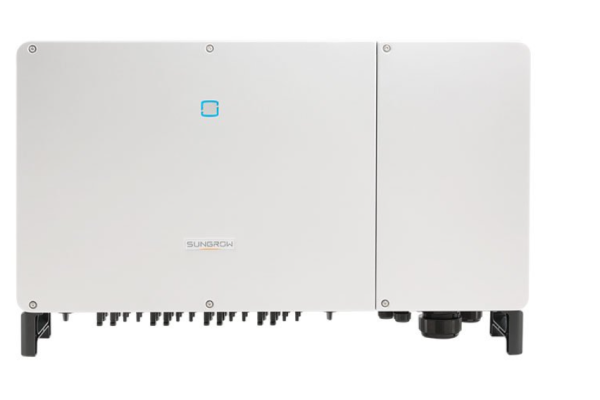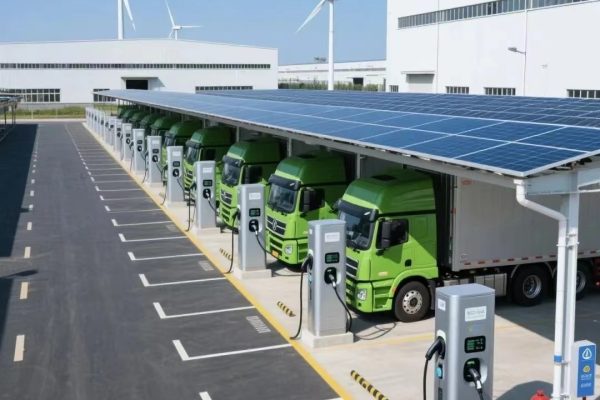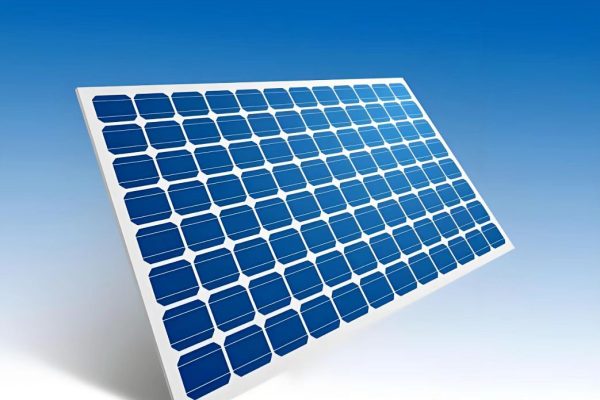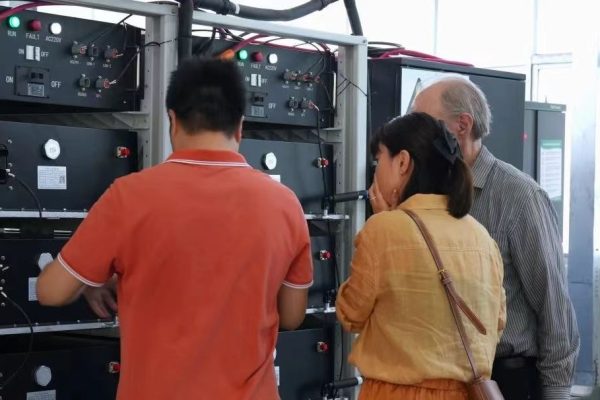Field Guide for Installers and Support Teams
In hybrid PV+ESS (energy storage) systems, a common issue during commissioning or operation is solar input failure — the inverter shows “No PV Input,” “Low Voltage,” or the system simply doesn’t charge the batteries despite sunshine.
This article outlines the most common causes of solar input failures in hybrid cabinets, how to troubleshoot them step by step, and how to avoid repeat issues — especially in off-grid or export environments.
⚠️ Common Symptoms of PV Input Failure
| Symptom | Possible Error Type |
|---|---|
| Inverter shows “PV 0V” | Open circuit, disconnected panel |
| Inverter shows low voltage (e.g., 60V) | Not enough panels in series |
| MPPT shows no power | Incorrect polarity, shading, damaged module |
| Error: “PV Insulation Fault” | Ground leakage, wet connectors |
| Battery not charging despite PV | EMS config, battery full, BMS lock |
🧰 Step-by-Step Troubleshooting Guide
✅ Step 1: Check PV String Voltage with Multimeter
- Use a DC multimeter at the MPPT input terminals (inverter off)
- Measure open-circuit voltage (Voc) of each string
Expected:
- For 3 × 550W panels: ~120–135V (in series)
- For 6 × 550W panels: ~250–280V
If reading is 0V:
- Broken wire or MC4 disconnected
- Incorrect polarity (test reverse)
- DC breaker off or damaged
💡 Always measure with proper DC-rated gloves and probes.
✅ Step 2: Check PV Polarity
- Reverse polarity may not damage inverter immediately, but causes:
- No power detection
- Inverter protection mode
Solution:
- Swap + and – terminals
- Use MC4 polarity tester if available
✅ Step 3: Inspect DC Breakers, Fuses, and SPD
- Open hybrid cabinet and verify:
- DC breaker is ON and intact
- No blown DC fuse
- Surge protection device (SPD) not triggered
Clues:
- Burn marks or melted housing = internal short
- SPD indicator shows red = replace immediately
💡 Installers often skip fuse checks — carry spare fuses on site.
✅ Step 4: Verify MPPT Settings and Limits
- Each MPPT input has:
- Voltage window (e.g., 120–550VDC)
- Power limit (e.g., 6kW per MPPT)
- Max current (e.g., 13A per input)
Issues:
- Too few panels = below start voltage
- Too many = overvoltage error
- Parallel input = overcurrent
Solution:
- Reconfigure strings to stay within MPPT voltage range
- Use multiple MPPTs for complex roofs
✅ Step 5: Panel-Level Inspection
Check for:
- Physical damage (cracks, delamination)
- Bypass diode failure (hot spot, low voltage)
- Shading or soiling (even a chimney shadow can kill a string)
- MC4 connectors not fully inserted
💡 Use I-V curve tester or clamp meter to compare current across strings.
✅ Step 6: Look for Insulation or Ground Faults
In humid environments or after rain, moisture may trigger:
- PV insulation error
- Ground leakage alarm
- RCD tripping
Solution:
- Check grounding of PV frame and inverter
- Inspect cable glands for water ingress
- Dry connectors and test with insulation meter
⚠️ Wet MC4s are a silent killer — they work fine… until they don’t.
🔄 Other Root Causes (System-Level)
| Problem | Fix |
|---|---|
| Battery at 100% SOC | Inverter may throttle PV to avoid overcharge |
| BMS in fault mode | PV input blocked — reset BMS |
| EMS limits solar use | Export or charge rate capped — check software |
| Firmware bug | Update inverter firmware to latest version |
| Inverter overheating | Derates PV input — check fans, airflow |
🔍 Diagnostic Tools Recommended
| Tool | Purpose |
|---|---|
| DC Multimeter | Voltage & polarity |
| Clamp Meter (DC) | Measure current on live string |
| MC4 Disconnect Tool | Safely open connections |
| I-V Curve Tracer | Advanced panel diagnostics |
| Insulation Resistance Tester | Detect ground faults |
🧠 Best Practices for Installers
- Label all strings clearly (MPPT1-POS, MPPT1-NEG, etc.)
- Take commissioning photos of wiring for remote support
- Confirm array layout and string design before install
- Always test Voc + Isc before connecting to inverter
- Clean panels and test performance during handover
Solar input failure is one of the most common issues in hybrid cabinets — and also the easiest to prevent with good installation and documentation.
For system integrators and exporters, always include:
- A detailed string wiring diagram
- Clear MPPT voltage/current limits
- Field checklist for installers
- Quick guide for “No PV Power” situations
💡 A hybrid cabinet is only as good as the energy you feed into it. Fix the solar side first — everything else depends on it.









